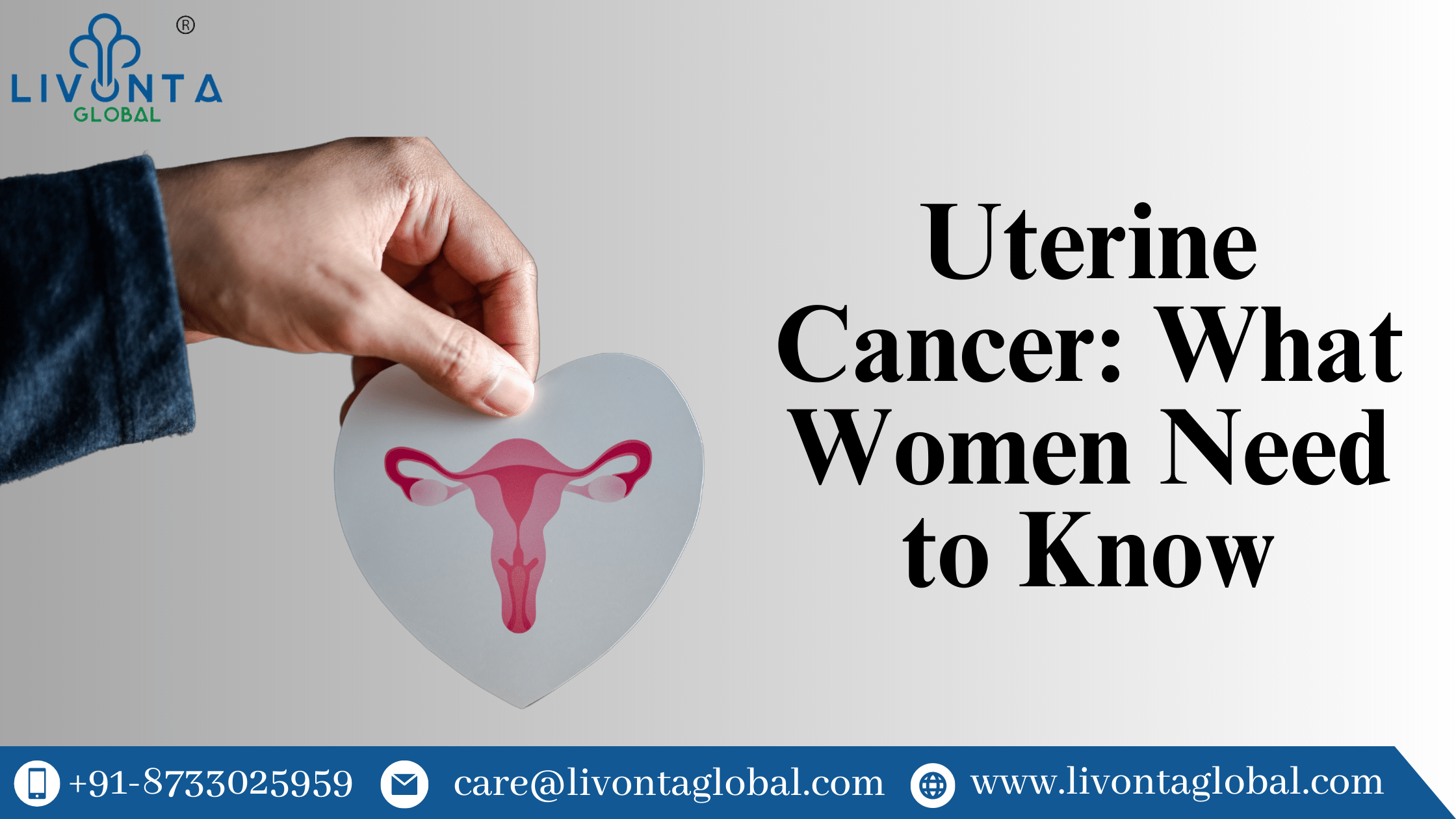
Uterine Cancer: What Women Need to Know
Uterine cancer is a severe health concern for women, but awareness, early detection, and punctual treatment can make a significant difference in the lives of the affected person. By understanding the risk factors, recognizing symptoms, and seeking medical attention promptly, women can take proactive steps toward the prevention and optimal management of uterine cancer. Regular check-ups at any of the top cancer hospitals in India, maintaining a healthy weight, and discussing health issues with professionals are vital for ensuring women’s well-being and reducing the impact of this disease.
What is it actually?
Uterine cancer, also known as endometrial cancer, is one of the most common gynecological cancers affecting women worldwide. For women, it is necessary to have a clear idea of this kind of cancer. The best Cancer treatment in India offers a number of diagnostic processes that can help patients get cured if detected at the right time.
What are the different types of Uterine Cancer?
Uterine cancer primarily originates in the inner lining of the uterus, known as the endometrium. There are two main types of uterine cancer:
Endometrial Adenocarcinoma: This is the most common type, accounting for approximately 80-90% of uterine cancer cases. It develops from the glandular cells in the endometrium and is often associated with hormonal imbalances.
Uterine Sarcoma: Uterine sarcomas are rare and arise from the muscle or connective tissue of the uterus. They account for about 2-5% of all uterine cancers and are generally more aggressive than endometrial adenocarcinomas.
What are the risks that add up?
- Several factors can increase the risk of developing uterine cancer, including:
- Hormonal Imbalances: An excess of estrogen without sufficient levels of progesterone can lead to the overgrowth of the endometrium, increasing the risk.
- Age: Uterine cancer primarily affects women over the age of 50, with the average age of diagnosis being 60.
- Family History: A family history of uterine or ovarian cancer can elevate the risk.
- Obesity: Being overweight or obese increases the risk due to higher estrogen levels.
- Diabetes: Women with diabetes have a higher risk of developing uterine cancer.
- Tamoxifen Use: Long-term use of tamoxifen, a medication used in breast cancer treatment and prevention, may increase the risk of uterine cancer.
What Signs and Symptoms to Be Aware of?
- Early detection of uterine cancer is essential for successful treatment. Women should be aware of the following warning signs:
- Abnormal Vaginal Bleeding: Postmenopausal bleeding or irregular bleeding between periods should not be ignored.
- Unexplained Weight Loss: Sudden and unexplained weight loss without changes in diet or physical activity should be investigated.
- Difficulty Urinating: Uterine cancer can cause urinary symptoms such as frequent urination or pain during urination.
- Pelvic Pain or Discomfort: Persistent pelvic pain, pressure, or a feeling of fullness can be indicative of uterine cancer.
Diagnosis and Treatment
- If uterine cancer is suspected, the following diagnostic procedures may be recommended:
- Transvaginal Ultrasound: This imaging test helps visualize the uterus and detect abnormalities.
- Imaging Tests: Computed tomography (CT) scans, magnetic resonance imaging (MRI), or positron emission tomography (PET) scans may be used to determine the extent of the cancer.
- Endometrial Biopsy: A small sample of the endometrial tissue is collected for examination under a microscope.
- Hysteroscopy: A thin, lighted tube is inserted through the cervix to examine the uterus visually and take biopsies if necessary.
Treatment options for uterine cancer depend on the stage and type of cancer, as well as the individual’s overall health. They may include surgery, radiation therapy, chemotherapy, hormone therapy, or targeted therapy.
Cancer Treatment
